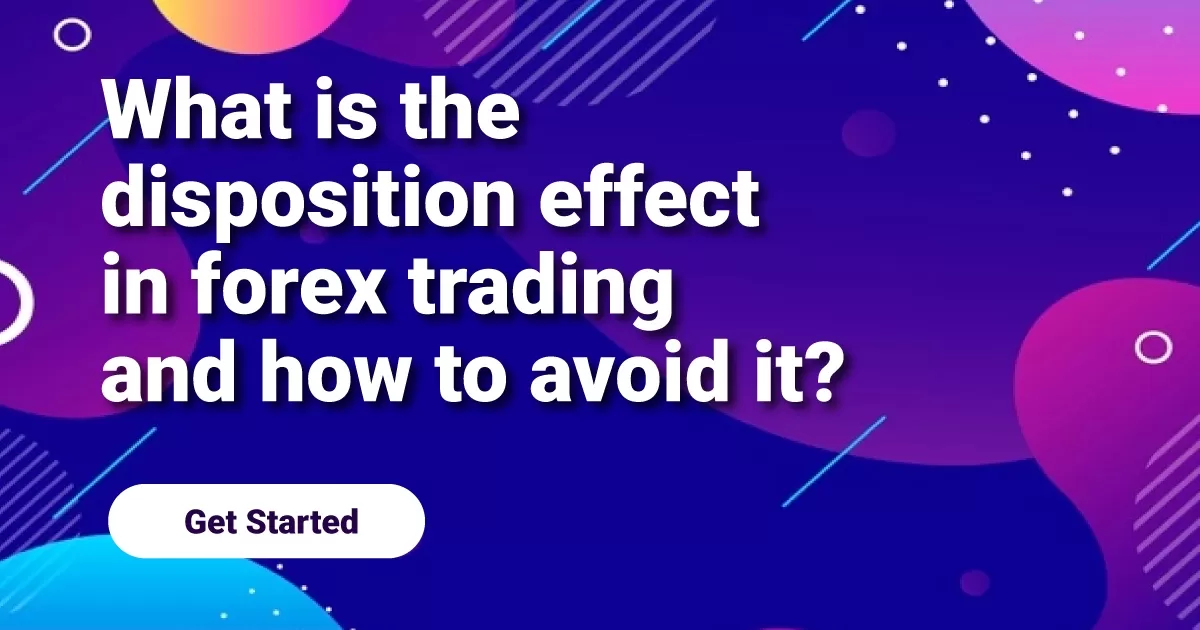What is the disposition effect in forex trading and how to avoid it?
What is the disposition effect?
Forex traders are usually aware of the disposition effect as it affects people in other walks of life. This can be observed during times like market crashes, bear markets, and recessionary periods where investors tend to end up moving their money into cash or take profits faster than they should.
However, this phenomenon manifests itself much more intensely in those trading the forex market. This is because of the human emotions involved, which are heightened by anonymity and liquidity.
Simply put, the disposition effect in trading involves overvaluing the assets you hold onto too long and dumping those you should instead be holding on to even if they are showing losses (in the hope for a rebound).
A trader would logically need to close out an open trade to realize any profit. However, the disposition effect goes against this idea as it makes the trader cling to losing trades in hopes for a rebound or to buy time until they feel comfortable enough selling. As psychology teaches us, humans are bad at accepting loss and resisting change because of this.
How to avoid the disposition effect in forex trading?
In financial economics, the disposition effect is defined as an investor's tendency to sell stock that has increased in value and either hold on to or buy more of a stock that has declined in value. The disposition effect refers to one's choices going from "outcome" i.e., deciding what stocks to hold based on whether they have lost or gained value since the previous trading period, or from "process," i.e., deciding what stocks to hold based on whether they have gained or lost value in a given time interval. In other words, if you get rid of winning positions too early while holding on to losers for too long, then that is the disposition effect.
In forex trading, the same is applicable. Traders urge to take profit when there are profits at hand and continue to hold on to losing trades. This results in reduced gains over time.
To avoid the disposition effect, try using this strategy: For every trade, you place, place a stop-loss order somewhere above entry price if it's long or below entry price if it's short. Then, if the price reaches the stop loss level, close the position even if profits are still available.
Moving stop losses away from entry prices is one of the most popular techniques professional traders use to avoid the disposition effect (and maximize gains). This technique minimizes the risk of getting stopped out prematurely on winning trades and maximizes the probability of getting stopped out on losing trades.

















Recent Comments
Write a Comment